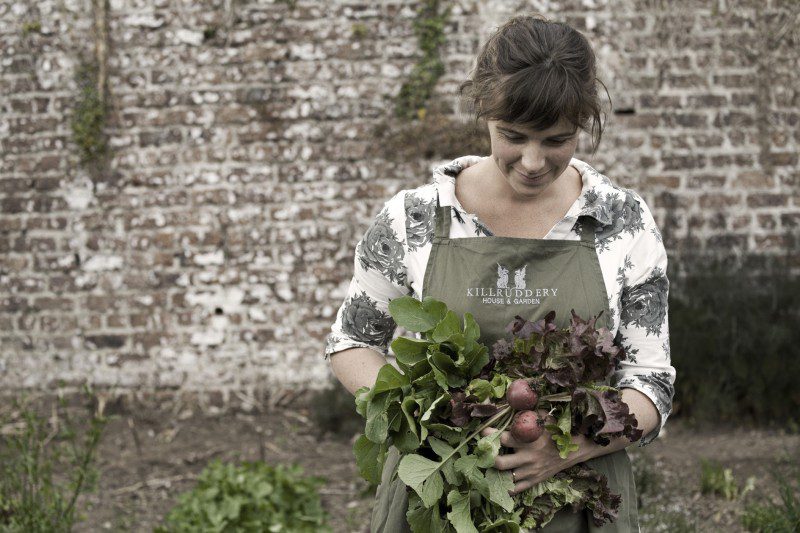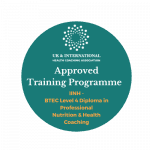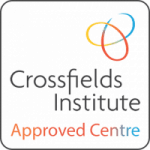A profile on Fionnuala Brabazon, Lady Ardee, Countess of Meath of Killruddy House Bray
When did you first become interested in food and nutrition?
I’ve been interested in food and nutrition for as long as I can remember really. Growing up in Donegal, my Mum and Dad were quite self-sufficient. They grew their own vegetables and kept a goat for milk and a pig for meat. Dad was a fisherman and he used to swap fish for lamb with a neighbour.
I got used to having good food nearby all the time and I liked knowing where my food came from and cooking food I had just picked. From about the age of 12 onwards I did a lot of the cooking at home. I worked in kitchens from the age of 16, cooking pub grub and food for the Miltown Malby Festival.
When I was 19 I found out that I was intolerant to wheat, which caused me to get eczema. I went off yeast and that solved the problem, so that’s where my interest in the science and nutritional aspects of food began.
How and when did your role in Kilruddery begin?
I met my husband, Anthony (Lord Ardee), when I was 20 and we got married 4 years later. He was the heir to Kilruddery and making it sustainable and financially viable was always going to be his career.
I started by developing the Tea Room area in 2007 with my brother-in-law, Julian Holloway, who did the cooking. We wanted to serve food from the estate where possible, supplemented by top quality local produce.
The challenge was that because the Tea Room was within the wall, we first had to attract people to the gardens themselves. The first year we had 1,000 visitors, the next year we had 5,000, the next year, 10,000 and the following year, 30,000 so the growth has been amazing.
This year we grew 95% of the green salad leaves we served so that’s something we’re very proud of. Our mixed salad includes kale, herbs and edible flowers. We also sell bags of our salad in our Farmers’ Market.
Much of the produce you use in the Tea Room comes from the walled garden at Kilruddery. What do you grow there?
We grow a wide range of vegetables including French beans, broad beans, Jerusalem artichokes, 7 varieties of tomatoes, chilies, spinach, kale, baby new potatoes, pumpkins, leeks and cabbages for our slaws.
We also grow lots of herbs like parsley, thyme, basil, bay, sage, tarragon, mint, chervil, horseradish, sorrel and sweet geranium leaf.
Our fruit selection includes gooseberries, raspberries, figs, apples, pears and blackcurrants.
We try to be good “market gardeners”. We grow for the Tea Room and also sell some of our produce in our shop and our Farmers’ Market. We also do the catering for weddings and events and try to use all of our own produce, where possible.
You also have a working farm at Kilruddery. What animals do you keep?
On the farm we have sheep, cows, pigs and some hens. We also sell wild pigeon and wild venison.
Your Thursday night Supper Clubs are very popular in the summer. Tell us a bit about those.
Our Thursday night Supper Clubs are a unique al fresco dining experience, with cooking from chef Seamus Hogan. Diners can enjoy delicious meals, with ingredients fresh from Kilruddery outside in the open air. We’re well prepared for the Irish weather with canopies overhead, shelter from the wall and plenty of rugs to keep them cosy.
You host a farmers’ market. What kind of produce is available?
Our Farmers’ Market showcases some of our own freshly grown and made foods, as well as the best of local Irish food.
One of my favourites is Corleggy Cheeses, which are made from raw milk products, which are very beneficial to your health. You’ll find a range of fresh bread, including spelt and sourdough, and plenty of organic vegetables, with food-to-go on the day. We also have great local coffee from McCabe’s coffee.
What food initiatives have you undertaken in Kilruddery?
We host a wide range of food events and demonstrations from mushroom foraging to jam making, preserving, pickling and fermenting to pumpkin carving and scarecrow making, and we have regular demonstrations from food experts.
Ed Hick from Slow Food Ireland takes families on a Wild Garlic Field Trip, which includes foraging and picking and making wild garlic pesto and wild nettle pasta. We hold the record for the longest wild nettle pasta in the world!
Seamus Hogan, a renowned country house cook from Cork is our Wild Food Cooking expert and hosts demonstrations for families and adults and food courses for kids. He also cooks for our Thursday Night Suppers, where diners can enjoy al fresco food from May to September.
Dearbhla Reynolds runs fermentation courses, demonstrating traditional ways of preserving food to encourage good bacteria. Ingredients like sauerkraut and kefir can be a huge source of good bacteria for your stomach and can really help boost your immune system.
Bill O’Dea does our very popular mushroom foraging and cookery classes. We also do berry picking and jam making.
We have garden talks every Sunday during the summer. Our resident gardener, Frank Jesper, shares his gardening tips and Charles Dowding explains his “No Dig” gardening method.
We also run plenty of non-food events, like Sheep Shearing Day, Groove Music Festival and Yarn Storytelling.
What’s been the most popular one so far?
The fermentation and the mushroom foraging events are always very popular.
What’s your educational background and how did that prepare you for what you’re doing now?
My early home life and my childhood shaped my closeness to food in many ways. My life experiences also contributed – working in kitchens, travel in India and volunteer work, as well as my experience with schools.
I went to Thomastown Craft College and also studied fine art at NCAD for 4 years, which was a very media-based course. I’ve always been passionate about the idea of developing a community, the idea that to really make things happen you need to bring people together with a common purpose. We partner with people with shared goals and values. You then develop a space with a look and feel that is not just yours but truly shared with others.
What is your personal nutrition philosophy?
I like traditional food and believe that a little bit of everything is good. I also believe that you can solve many health problems by simply eating more or less of particular foods.
Who inspires you in the food / nutrition / health world?
I love down to earth cooks, who cook traditional food and take a balanced approach: people like Nigel Slater – he cooks meat and veg and doesn’t pile on the carbs or flour. He does things like flourless cakes, not to avoid flour, but simply because that’s another type of cake you can have. People like Darina Allen and Myrtle Allen also inspire me.
I’m interested in raw food and vegan recipes, as well as soaking foods to break down acids and fermented foods. I find Dearbhla Reynolds’ fermentation methods very interesting.
When I was pregnant I suffered badly with sickness and I found that giving up sugar really helped. I’m always on the lookout for no sugar, no cook desserts and recipes that use non-processed sugar. I find Susan Jane White from The Happy Pear great for those.
When it comes to meat, I like to use the whole animal. These days we throw away a lot. I like cooking traditional food that incorporates all of the animal. I like Fergus Henderson’s “Nose to Tail” approach.
What tips would you give to someone who is trying to live a healthier life?
It’s important to keep processed foods to a minimum but I also think it’s important to find a balance. Going off certain things entirely for a restricted period to correct something is fine but you need to find a balance.
Grow even a tiny bit of your own food when you can, even if it’s just a few herbs on your balcony. Having fresh, homegrown ingredients to hand helps get you focused on eating more healthily and on cooking healthy meals.
What advice would you give to someone who is interested in pursuing a career in the nutrition and food area?
Gain as much experience as you can by learning from good cooks. Find out who you can learn from and put yourself out there. Explore different ways of doing things. Don’t just cook: learn to cut up the animal. Learn about what’s in season, when. Delve deeper and take a well-rounded approach to food. Get to the root of where food comes from and see the processes involved firsthand.
Christmas is just around the corner. What exciting things have you got lined up?
We’ve got our Christmas Farm Market from 10-4 every Saturday and Sunday in December. We’ll have food and craft stalls with teas, cheeses, breads, pestos, jams, chutneys and more. We’ll also have our own Christmas cakes, fruit mince and preserves and we’ll be selling our own fresh lamb.
We’ll also have Santa Experience. The kids can come in and have mulled apple juice or milk with Mrs Claus – as with everything at Kilruddery, it begins with a feast!
What’s next on the agenda for Kilruddery?
We’re now doing all the catering ourselves for all of our weddings and corporate events. Our events programme for next year is being written up at the moment so there will be lots of exciting things on there. We also plan to open a more permanent Farm Shop and café that will stay open all year round so it’s going to be a busy year.











